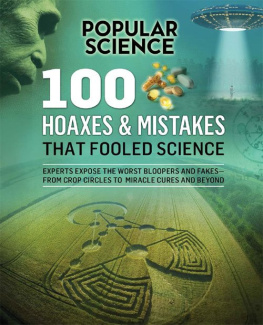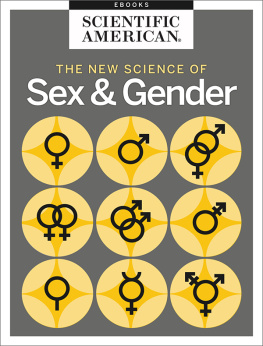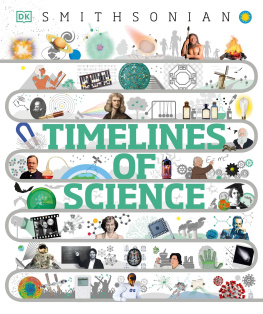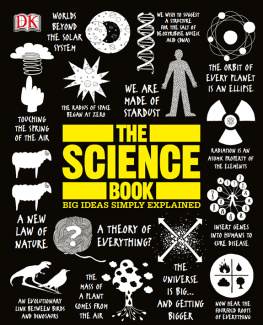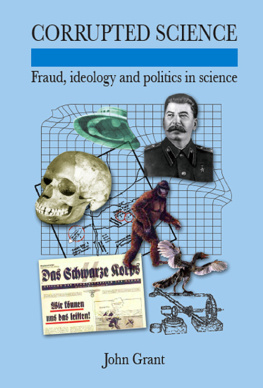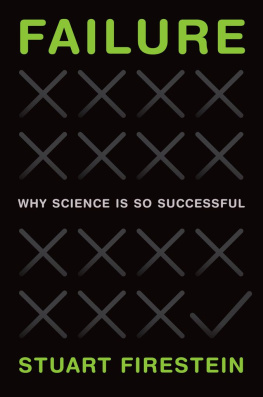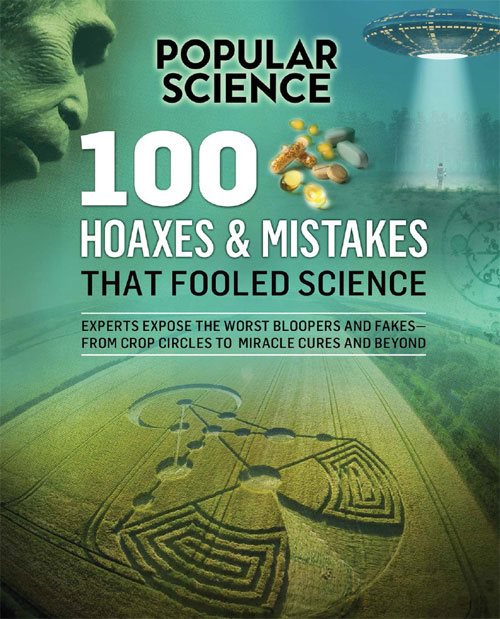POPULAR
SCIENCE

MISTAKES
AND HOAXES
THINGS SCIENCE
GOT WRONG
CHAPTER
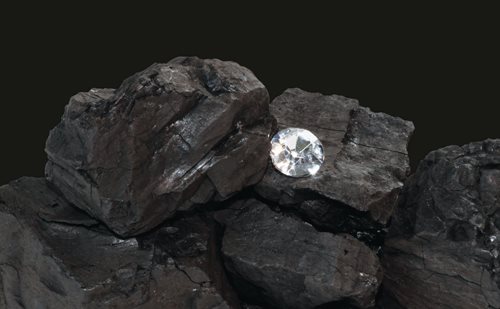
The Way Stuff (Doesnt) Work
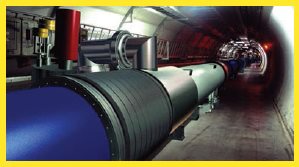
A look inside CERN at the Large Hadron Collider. CERN continues to perform experiments with neutrinos.
Myth #1
Neutrinos Are Faster than Light
According to Einstein, nothing can travel faster than the speed of light. But for a brief moment, the world dared to hope otherwise.
P hotons, or particles of light, travel through a vacuum at the speed of 186,000 miles per second (300,000 km/s). But if an object with actual mass were to approach the speed of light, the amount of energy necessary to accelerate it would exponentially increase to infinitywhich many have long considered impossible.
In 2011, however, physicists at CERN (Conseil Europen pour la Recherche Nuclaire, or European Center for Nuclear Research) in Switzerland conducted an experiment with neutrinos that seemed to overturn this long-held knowledge. Neutrinos are tiny particles with very little mass that interact so weakly with other particles that they can pass straight through rock. The CERN experiment sent neutrinos from CERN headquarters in Geneva, Switzerland, more than 450 miles (725 km) away to Gran Sasso, Italy. The scientists recorded a speed 60 billionths of a second faster than the speed of light. These findings contradicted Einsteins laws of physics, shocking the world.
Antonio Ereditato, a spokesman for the research team at CERN, announced: We have high confidence in our results. We have checked and rechecked for anything that could have distorted our measurements, but we found nothing. Nevertheless, the results were too good to be true. Just days after the initial reports, CERN declared the findings false, blaming a faulty cable connection between a GPS and a computer.
So neutrinos arent faster than lightwhy did this make people so upset? Because Albert Einstein had famously declared that, if we could somehow find a way to travel faster than light, we could travel through time. So the faulty experiment briefly taunted scientists with the possibility of time travel. It also forced them to reconsider the most basic ideas about our universe.
The error may have been embarrassing to a few scientists, but good work at CERN still continues. In 2012, they discovered a particle that may prove to be the elusive and long-hunted Higgs bosonwhich scientists believe will explain several mysteries of physics.
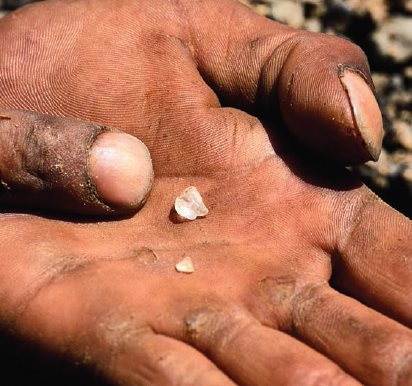
Rough diamonds on a miners hand in South Africa.
Myth #2
Diamonds Come from Coal
Ask a few strangers on the street where diamonds come from, and theyll likely respond: From coal. Intense pressure, theyll say, turns the coal into shiny, hard, and valuable gems. You get to then revel in busting them, because theyre totally wrong.
T he misconception may stem from the fact that both coal and diamonds are forms of carbon. While thats true, most diamonds formed long before the plants that later decomposed and formed coal even appeared on Earth.
To find the origin of most natural diamonds, you have to go back billions of years, to when Earth first formed. At the time, carbon was most likely trapped inside the planets mantle, 100 miles (160 km) below the surface. Over time, intense pressure from the rocks above the mantle, plus temperatures reaching 2,000F (1,000F), made some of the trapped carbon crystallize into diamonds. The process for diamond production occurs not everywhere in the mantle, but usually beneath Earths relatively stable continental plates.
Some time in the past, powerful volcanic eruptions deep underground brought the diamonds to Earths surface. The stones sat in the magma, which cooled around them and created igneous rocks called kimberlites. While these rocks contain other minerals, its the diamonds within them that mining companies seek.
Although most of the worlds diamonds are found in kimberlites, tiny numbers form in other ways. Some small diamonds have been found in subduction zones, the areas where one of Earths tectonic plates moves beneath another. Coal could be a source of the carbon involved but other minerals could be, too. The impact of asteroids and meteorites on Earth can also create diamonds. One large deposit in Russia is the result of an asteroid collision some 35 million years ago. The gems, though, are tiny and arent the quality of diamonds produced deep within Earth billions of years ago.

Robert Boyle
Myth #3
Alchemy Creates Gold
Before the 19th century, alchemy was a respected pursuit. Using natural elements, alchemists attempted to transmute base metals, such as lead, into noble metals, such as gold. But the mythical substance that would bring about this changethe elixir of life or philosophers stone, as it was calledremained elusive. Today, the science of alchemy is ridiculed by mainstream and modern scientists.
A lchemists experimented with natural minerals, including sulfur, pyrite, lead, graphite, and more. Although their single-minded obsession with gold didnt pay off, they did make valid scientific contributions to many fields. Their work improved metalworking, gunpowder, inks and dyes, and medicines. They perfected distillation, the process of purifying a liquid through heating and cooling, and they discovered mineral acids and alkalies, as well as superior distilled spirits. Alchemists inspired Robert Boyle, one of the fathers of modern chemistry, who defined chemical elements (including oxygen, hydrogen, and carbon) based on alchemys description of the four elements (earth, wind, fire, and water). And Isaac Newton built on the alchemist theory that all matter contains distinct elements when he discovered that white light contains many colors of the rainbow when shone through a prism. By todays standards, alchemy is a pointless endeavor, but during the medieval and Renaissance periods, it provided many serious scientists with nascent ideas that led to later breakthroughs.
Another field to benefit from the early science is chemistry, which evolved from alchemy in both name and practice. Alchemists studied metals and natural minerals in the same way that chemists do today. The scientific method has improved and we now know more about the properties of metals. But alchemy did perform a miracletransforming magic into practical science.

Myth #4
Heavy Objects Fall Faster
One of the most common misconceptions about physics is that heavy objects fall faster than light ones. At first think, it seems to make sense: Gravity surely pulls harder on more massive objects, so they should accelerate faster than lighter objects. Drop a feather and a rubber ball, and the rubber ball will reach the ground first. Case closed, right?
N ot so fast. As Galileo Galilei, Issac Newton, and other physicists of the Scientific Revolution discovered, the rate of acceleration caused by gravity is independent of an objects mass.

